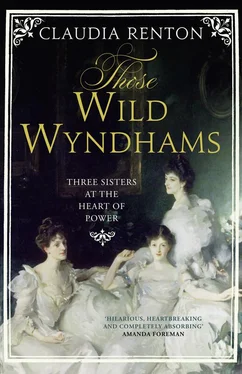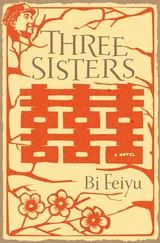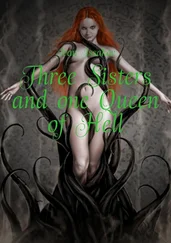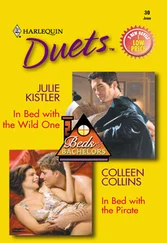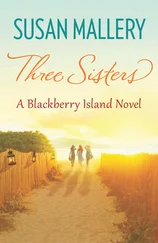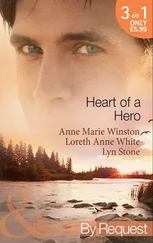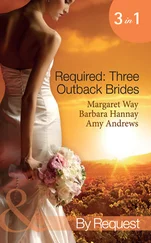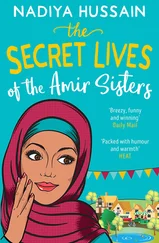As Mary entered adolescence, her life became notably more domesticated. At almost exactly the time that the Wyndhams moved to Wilbury, George was sent to prep school – the Grange in Hertfordshire – to prepare him for Eton in due course. Guy, uncontrollable without his brother, followed George after just one term. From roaming across Cumberland’s hills with a pair of ragamuffin playmates, Mary found herself in a tamer Wiltshire landscape in the company of her governess Fräulein Schneider and sisters of just three and five.
A contemporary of the Wyndham children described ‘an air of Bohemian quasi-culture’ within the family. 15 Artistic rather than intellectual, the Wyndhams never contemplated either that Mary would attend school or that she would find her métier otherwise than in marriage. ‘A woman’s only hope of self-expression in those days was through marriage,’ explained Mabell Airlie, a contemporary of Mary’s, in her memoir Thatched with Gold . 16The strides forward in women’s education – the establishment of academic girls’ schools, under the remarkable Dorothea Beale and Frances Buss; women’s admission as undergraduates, London University being the first to open its doors in 1878 – primarily benefited middle-class daughters. Upper-class girls were educated by governesses – for the most part deliberately not too well, lest it scare off suitors. Some girls were lucky to be taught by a governess with exceptional capacities. Mary’s daughter Cincie benefited in her early years from the highly gifted Miss Jourdain, one of Oxford’s first female undergraduates. Bertha Schneider, or ‘Bun’, as she was called by the children, lacked the intellectual talents of ‘Miss J’. Originally from Saxony, Bun had been poached from the Belgrave Square family who forbade their children from playing with the Wyndhams, joining the family when she was twenty-eight. A photograph of her some years later shows her to have a pleasant, somewhat clumsy-featured face, pince-nez spectacles and fashionably frizzled hair.
At sixteen Mary’s day consisted of breakfast at 8 a.m., lessons from 9 a.m. until 2 p.m., ‘déjeuner’, some time outside – collecting ferns, blackberry picking, long walks or games of the new sport of lawn tennis – lessons from 4 until 6, dinner at 7, and reading aloud with Fräulein until bed. This was supplemented, during ‘term times’ (dictated by the boys’ holidays), by fortnightly music lessons from a Mr Farmer in London, and art classes at the Kensington School of Art. Each autumn Bun took Mary and the little girls to a Felixstowe boarding house for ‘sea air’ where they rode donkeys, ate potted shrimps, paddled in the sea and read aloud, endlessly, to one another. By the time they left Eton in their late teens, George and Guy had a tolerable grounding in the basics of Latin, Greek, astronomy, history and public speaking. 17After the same number of years of education by Fräulein, Mary was relatively well read so long as the literature was popular; spoke good French and German (with a ripe vocabulary in the latter); 18could play the piano; and could draw proficiently, having taken exams in the subject at the Kensington School of Art (‘I forget what it was now,’ she said vaguely, when pressed by her mother on the subject of her exam. ‘It had some sort of foliage’). 19Mary would spend much of her adult life educating herself, wading gamely through heavy tomes on esoteric subjects. In effect, she was an autodidact. Her education was rigour-free, her brain almost totally untrained.
Twenty years after she married and left home, Mary read over her adolescent diaries, thinking fondly of the ‘happy life … that we all spent at Wilbury’, laughing at copies of ‘the house Annals’ produced by the children, remembering their pet names for the family’s twenty horses and the old blind donkey brought from Cockermouth, 20and recalling games of sardines and nights of ghost stories, hunting and hawking in the winter, summer cricket matches and a host of friends and neighbours near by. 21In the memory of the children Wilbury was merely ‘a large plain comfortable house’. 22To modern eyes it is undoubtedly grand, with a large columned portico and octagonal bays flanking the main section of the building. It was set in some 140 acres of land, with amusements in its grounds including an octagonal summerhouse and a grotto. 23Philip Burne-Jones remembered Wilbury as a kind of heaven, ‘with the sun pouring down upon the lawn … and all the magic of youth & impossible hopes in the air’. 24
The Wyndham children had been stage-struck since first creeping into a performance of Hamlet while visiting the Crystal Palace, 25once home of the 1851 Great Exhibition – one of those ‘huge trophies of the world’s trade’ 26in which the Victorians delighted – and now rehoused in Sydenham. No school holiday was complete without a trip to see the famous partnership of Henry Irving and Ellen Terry at the Lyceum Theatre. Audiences had a voracious appetite for novelty. By the early 1880s, at Herbert Beerbohm Tree’s Haymarket Theatre live rabbits hopped across the stage during A Midsummer Night’s Dream , and the storm-scenes in The Tempest were so realistically staged that audience members complained of seasickness. 27The amateur productions at Wilbury were almost as ambitious. Madeline Wyndham constructed elaborate sets and costumes, but refused to take any role with more lines than could be pinned to the back of her fan. Servants, groundsmen and stray visitors were corralled into the hall as an audience. Mary and Philip took the leads; Pamela and Mananai were pages and fairies. Bun gamely took on whatever role was assigned to her – excelling herself, in collective memory, with an enthusiastic Caliban so lovelorn that Tommy the valet thought the character was a woman, and married to Prospero. 28
In London Mary and Madeline Wyndham frequently visited the Burne-Jones family at The Grange, their house in Fulham. Mary loved these visits where Burne-Jones amused the children by playing wheelbarrows in the garden with Georgiana, holding her ankles while she walked on her hands, and told them fireside stories of his youth with William Morris, Dante Gabriel Rossetti and Lizzie Siddal in Red Lion Square. 29On occasion, Mary stayed overnight, sharing a bed with Margaret Burne-Jones, waking up in the morning to breakfast in bed and chat ‘yards of nonsense’ in ‘Spression’. 30
Percy’s intention when renting Wilbury had always been to look for a suitable estate of his own. In 1876, the Wyndhams found the enchantingly named Clouds, a parcel of 4,000 acres of land at East Knoyle, a village a little south of Salisbury. Particulars supplied by the agents, Messrs Driver, set out the more important neighbours, and the exact distance of their seats: Longleat, Wardour Castle, Fonthill House. 31Percy sold Much Cowarne, the similarly sized Herefordshire estate he had inherited at the age of twenty-one, and bought Clouds for just over £100,000. 32He immediately commissioned Philip Webb, the visionary architect of William Morris’s Red House, to design and build what was intended ‘to be the house of the family for generations to come’. 33
Percy was reinvesting in land at a time when it was ceasing to be the backbone of elite wealth. In the mid-1870s, the agricultural economy foundered as Britain, committed to free trade since Sir Robert Peel repealed the Corn Laws in 1846, struggled to compete with cheap grain imports from the American prairies and with refrigerated and canned goods from the Antipodes. Arable farming was particularly badly affected. Average wheat prices fell from 55 shillings to 28 shillings a quarter between 1870 and 1890. ‘Land has ceased to be either a profit or a pleasure. It gives one a position, and prevents one from keeping it up,’ declared Lady Bracknell in Oscar Wilde’s The Importance of Being Earnest , written in 1895. Percy’s fortune was buoyant thanks to stocks and his Australian estates. He could afford to exchange Much Cowarne (which had only a ‘shooting box’, and which he used purely for income – he never even seems to have visited) 34for the slightly less profitable Clouds. 35He played with Home Farm, carved out of the Clouds estate for his own management, like a small boy with an entrancing toy. ‘He has made £184.10s by the sale of all his sheep and £146.15s by sale of wool and now has 190 lambs. His corn is in, 11 ricks of wheat, 5 of barley, 6 of oats,’ Mary told her diary in 1878. 36
Читать дальше
